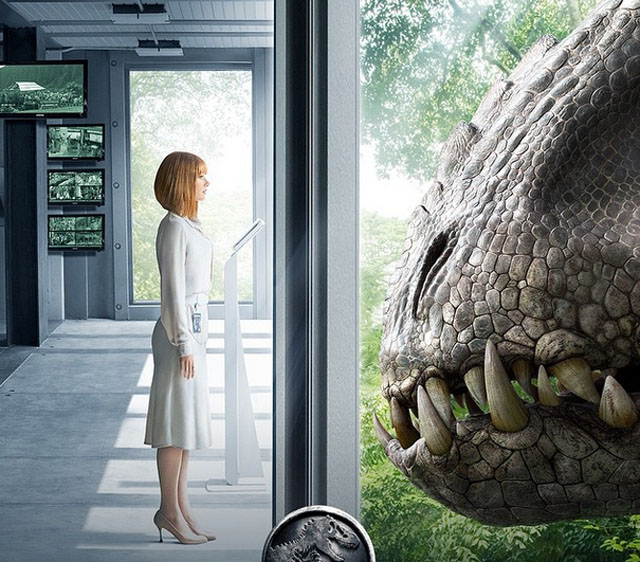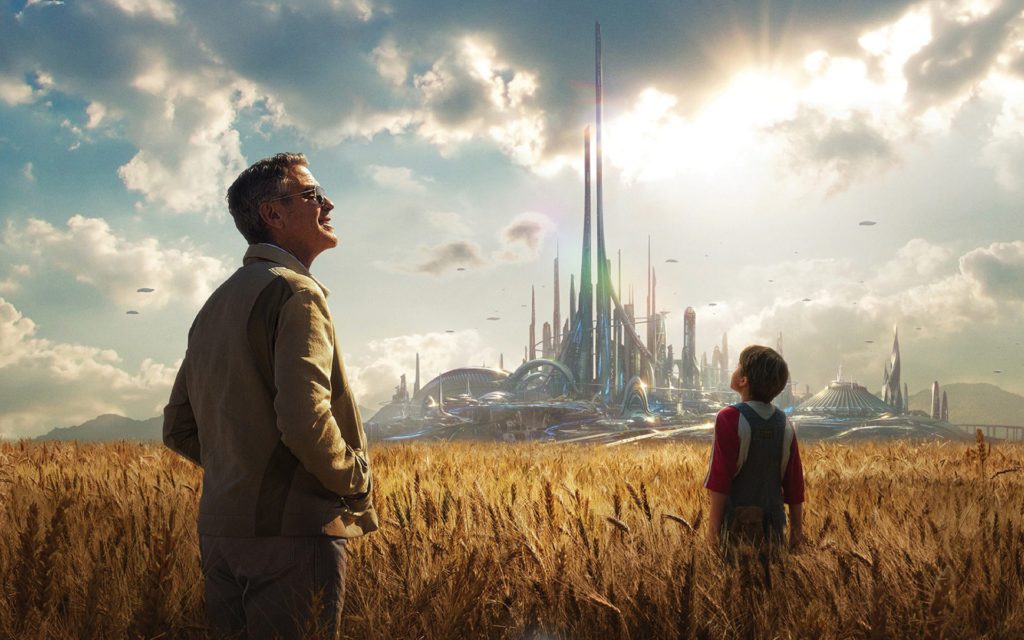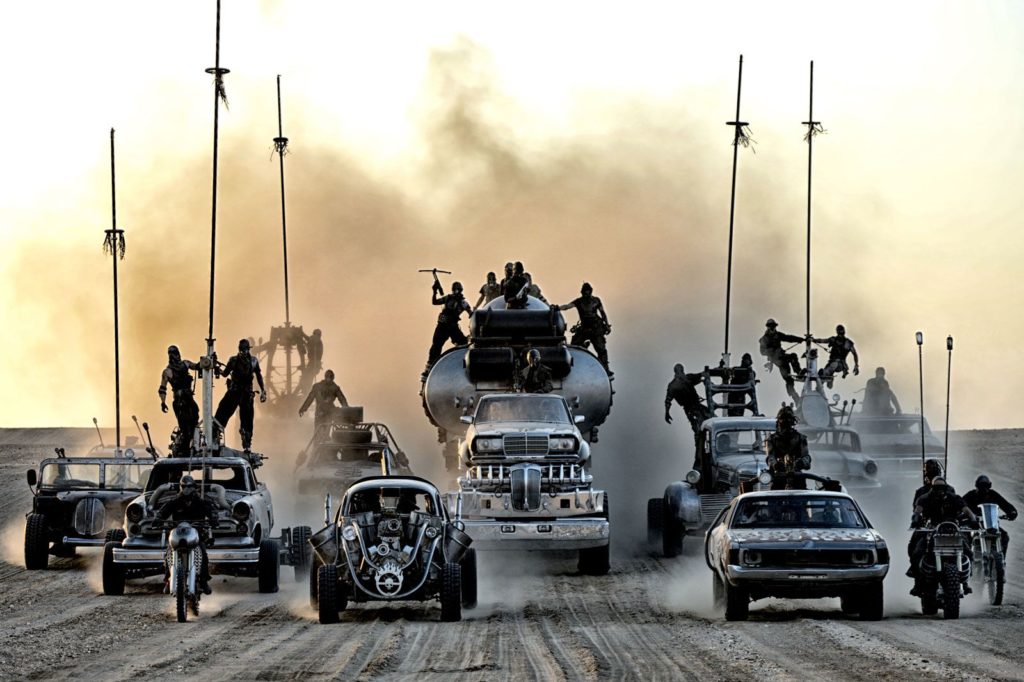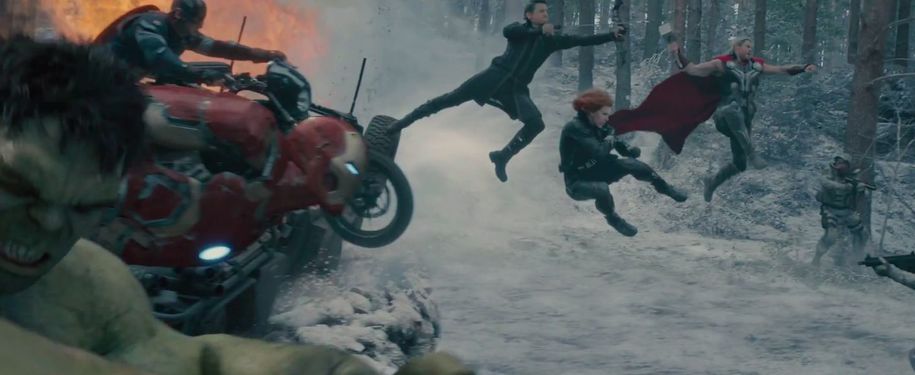Letters from Baghdad (2016)
Unrated

Between the Rivers Productions
Gertrude Bell, unknown by me, was an English writer, traveler, spy and archaeologist who seemingly conquered the Middle East at a time when women were hardly seen fit to gain higher education.
Letters from Baghdad details her remarkable movements though the Mideast, growing in legend as she did so, culminating in her taking a vital role in establishing the modern state of Iraq. That’s right, a British woman of the 1900s blazed a trail through Syria, Arabia and Mesopotamia while many woman of her age and upbringing were married, raising children and defined by their husbands.
 The documentary, codirected by Sabine Krayenbühl and Zeva Oelbaum, is presented in an epistolary format in an effort to squeeze history and texture from Bell’s actual letters. The method is further supported though cinematic techniques: as Bell speaks (voiced by actors Rose Leslie as a girl and Tilda Swinton as a woman) her missives are brought to life via filmstock-aging effects, vistas rendered in sepia tone and still photos given the Ken Burns effect. The film’s like an ancient postcard brought to life. Actor reenactments and spectacular archival footage round out the illusion we’re watching a documentary of the day.
The documentary, codirected by Sabine Krayenbühl and Zeva Oelbaum, is presented in an epistolary format in an effort to squeeze history and texture from Bell’s actual letters. The method is further supported though cinematic techniques: as Bell speaks (voiced by actors Rose Leslie as a girl and Tilda Swinton as a woman) her missives are brought to life via filmstock-aging effects, vistas rendered in sepia tone and still photos given the Ken Burns effect. The film’s like an ancient postcard brought to life. Actor reenactments and spectacular archival footage round out the illusion we’re watching a documentary of the day.
Since her early years, Bell seemed to possess not only a thirst for knowledge, but an obsession with the otherworldliness of the Middle East—its people and culture, landscapes and, eventually, politics. Very quickly her twin passions are evident: the foreign culture she couldn’t shake and her accommodating father Sir Hugh Bell. Gertrude seemed to cleave closer to her father after the death of her mother when she was but 3 years old. She wasn’t without a woman’s touch, however. Her eventual stepmother Florence Bell, an author and progressive woman in her own right, pushed her to expand her mind.
As Bell spent increasingly more time in the Middle East, with guides in tow, she traversed sandy nations as a cartologist and documentarian; her writings, photography and maps would become assets during World War I. She became a British spy and an outspoken critic and enemy of the Ottoman Empire.
That modern-day Iraq and its strife has connection-points to her long-ago adventures is startling, a reminder in this uncertain election season that an individual dabbling on the world stage can trigger long-reaching consequences in the geo-political theater. Hear that, Mr. Trump?
Letters is certainly palatable to history buffs and Arabophiles, but those with a malfunctioning attention-span gene might not find this diverting enough to join Bell on her journey.

| Marvin Brown’s Movie Review Archive



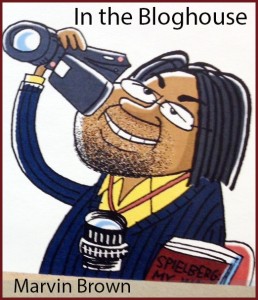
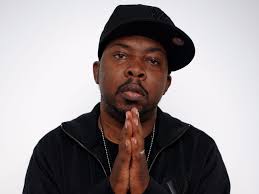
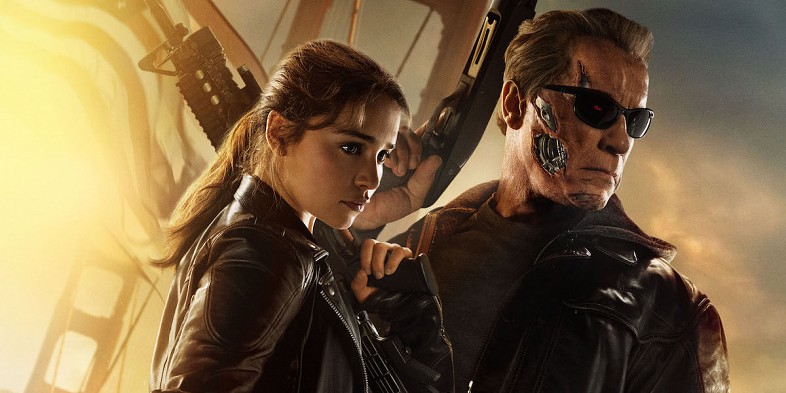
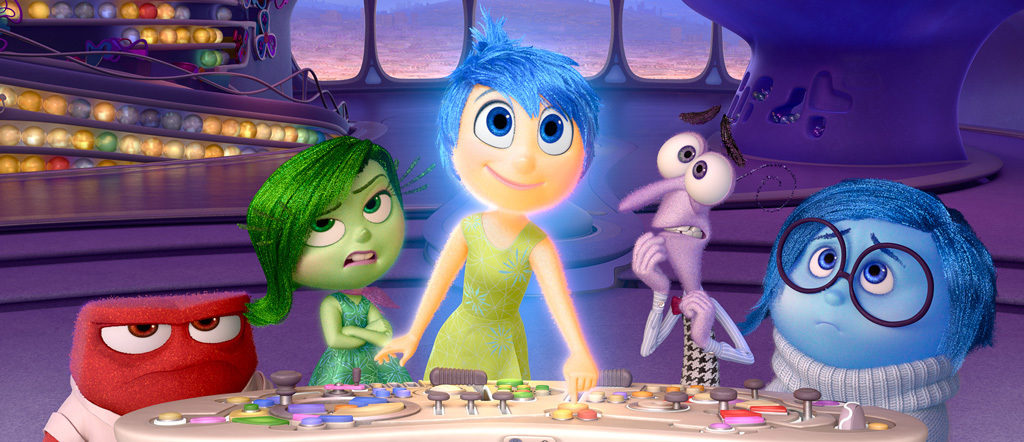
 By now you’ve seen the previews, right? You’ve been introduced to Riley, the 11-year-old girl whose emotions are personified by cutely rendered and directly named creations: Joy (Amy Poehler), Sadness (Phyllis Smith), Disgust (Mindy Kaling), Anger (Lewis Black) and Fear (Bill Hader). These beings stand around a console in the middle of Riley’s mind and take turns guiding her through her days. In an inventive system, the team captures Riley’s emotions in glowing spheres, which are organized according to importance and shipped off, via vacuum tubes and trains, to be stored until they are reused, forgotten or discarded.
By now you’ve seen the previews, right? You’ve been introduced to Riley, the 11-year-old girl whose emotions are personified by cutely rendered and directly named creations: Joy (Amy Poehler), Sadness (Phyllis Smith), Disgust (Mindy Kaling), Anger (Lewis Black) and Fear (Bill Hader). These beings stand around a console in the middle of Riley’s mind and take turns guiding her through her days. In an inventive system, the team captures Riley’s emotions in glowing spheres, which are organized according to importance and shipped off, via vacuum tubes and trains, to be stored until they are reused, forgotten or discarded.